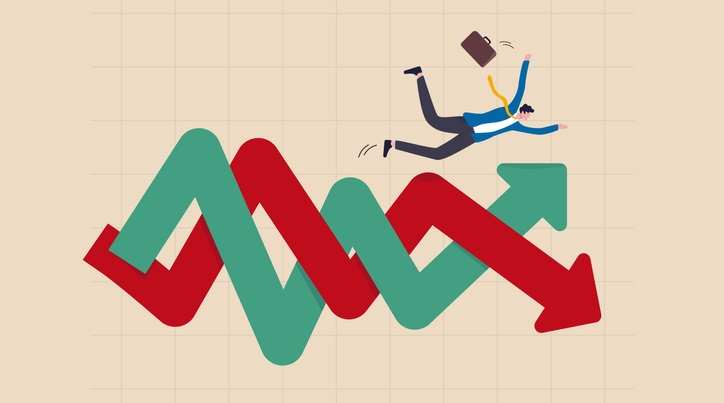Traders around the world await the news out of both the US Senate and the Brexit trade negotiations for some clue as to whether there will be a deal done on both subjects within the next 48 hours. This sit-and-wait market through quad witching options expiry, made volatility the real winner today. The CBOE VIX is at the time of writing up 5.88% with the broader markets and major currencies near their day’s opening levels. US dollar index (DXY) caught a bid but is trading within yesterday’s range, which saw the first 89.** print in 2.5 years. US 10 and 30-year yields were up 0.18% and 0.48% respectively at the London close, as traders continued the week’s bearish tone towards safe havens like US Treasuries.
I have been keeping an eye on the AUDJPY and USDJPY for clues to whether the former can reflect a risk-on trade going into the shortened holiday week next week. The London session was subdued for the pair but the US open gave a clue that traders were willing to push for a breakout of the 78.00 – 79.00 zone. Tonight’s close will be key to see if there are opportunities for a classic retest of the former resistance level.
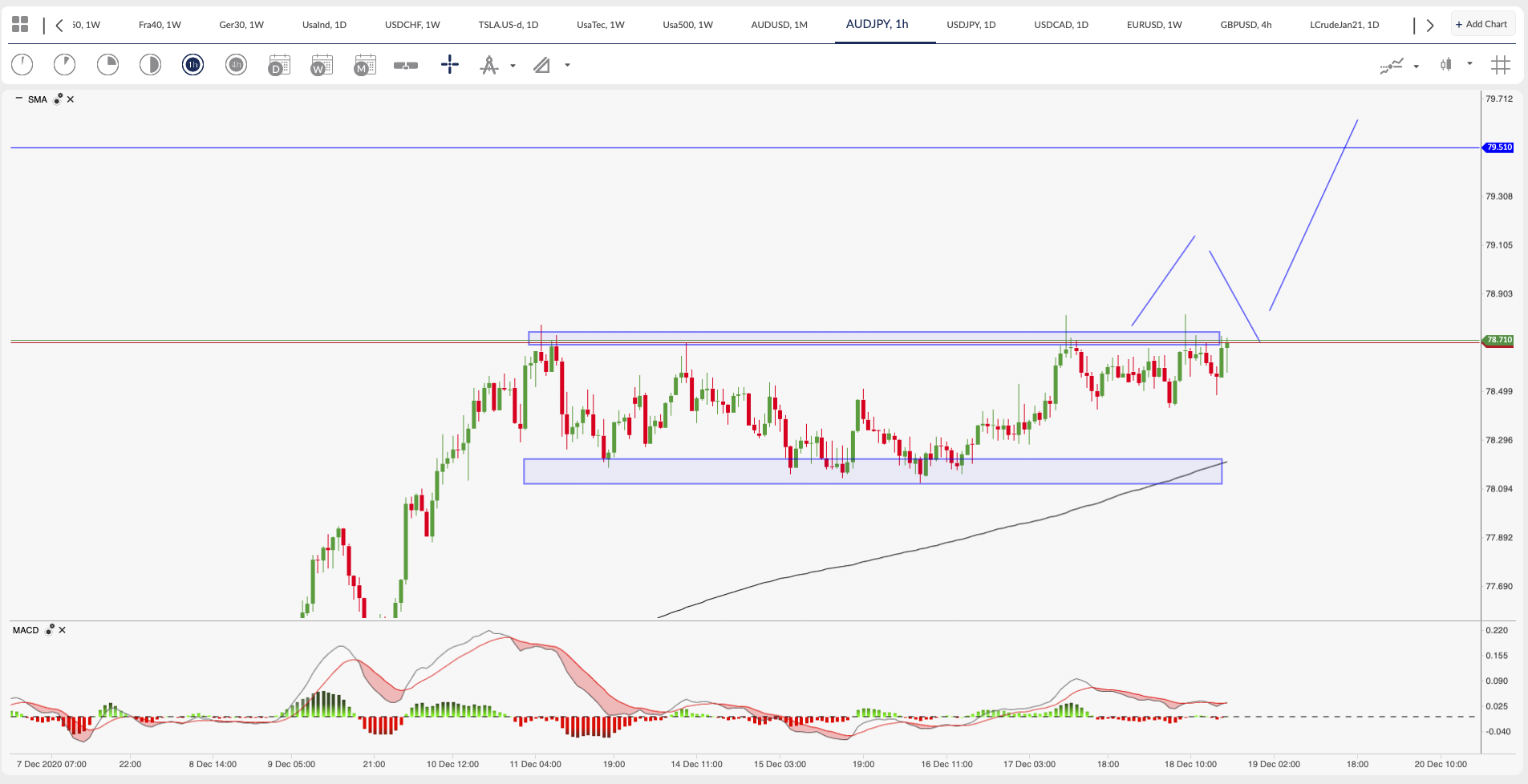

News sources from the EU say that the UK and EU ‘are clearly still far apart: on fishing yes, but also on a level playing field, rules of origin, state aid, provisions of internal market.’
From the US Senate, Majority Leader Mitch McConnell says talks on relief are ‘making significant progress’ and that he is ‘more optimistic now than last night’.
Canadian Retail Sales for the Month of October came in better than expected but within the consensus range, though down from the previous reading. The Canadian dollar suffered at the hands of the seemingly bullish US dollar though with US WTI climbing today, I see a reversal in that momentum for USDCAD sooner rather than later as we approach 1.2800
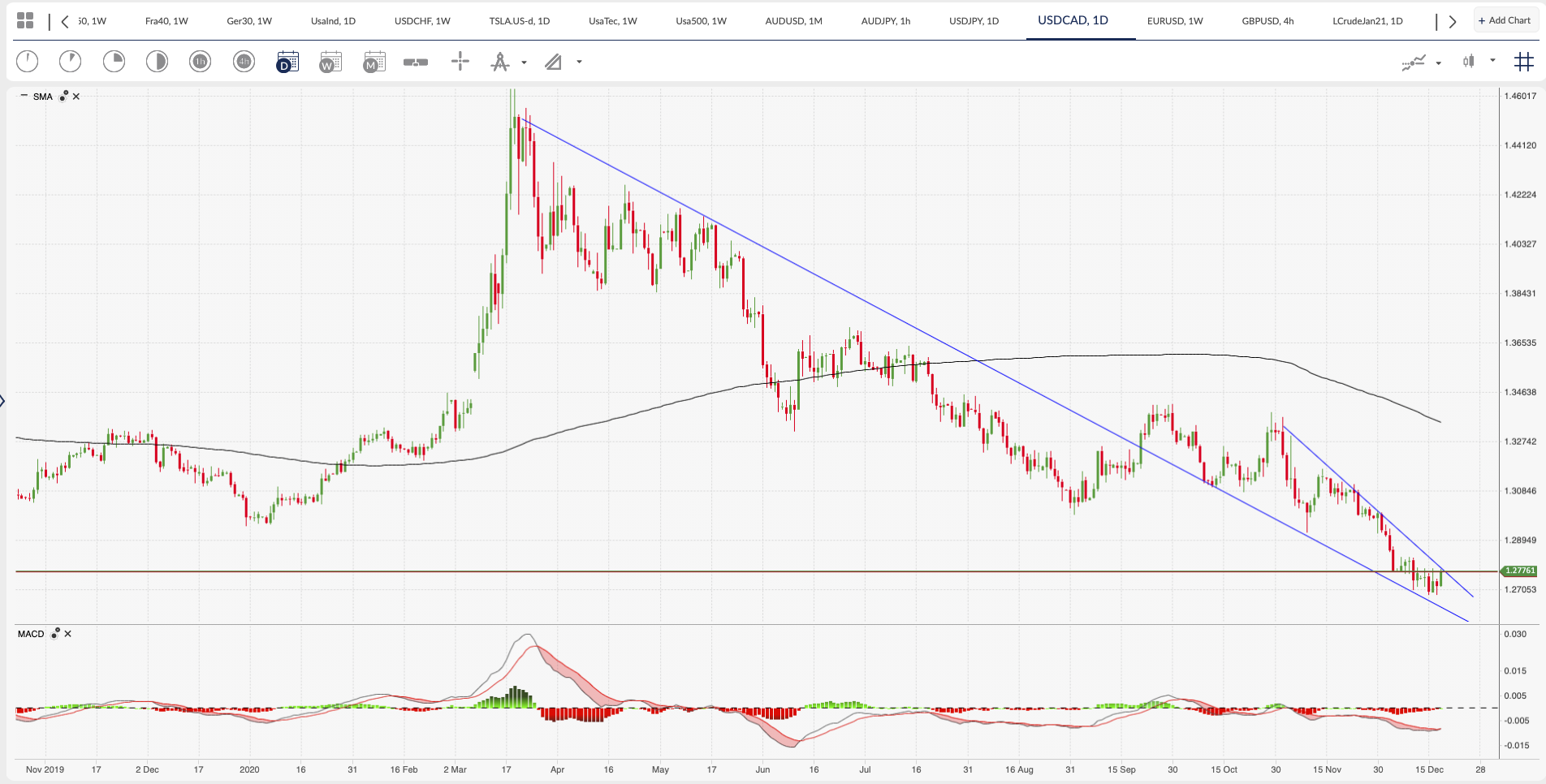

COVID-19 vaccine news around the Moderna vaccine winning Emergency Use Authorization (EUA) from the US Food and Drug Administration (FDA), gave the Nasdaq a bullish feel going into the US Open. At the London close, we learned that the NYC new covid-19 cases topped 12,000 daily, which is the most since the coronavirus pandemic began.
Tesla‘s (TSLA) inclusion into the S&P500 from Monday’s trading means there will be a rebalancing of the index tonight. Analysts expect the TSLA stock to be bought up by the index-tracking funds by the close tonight, ready for next week.
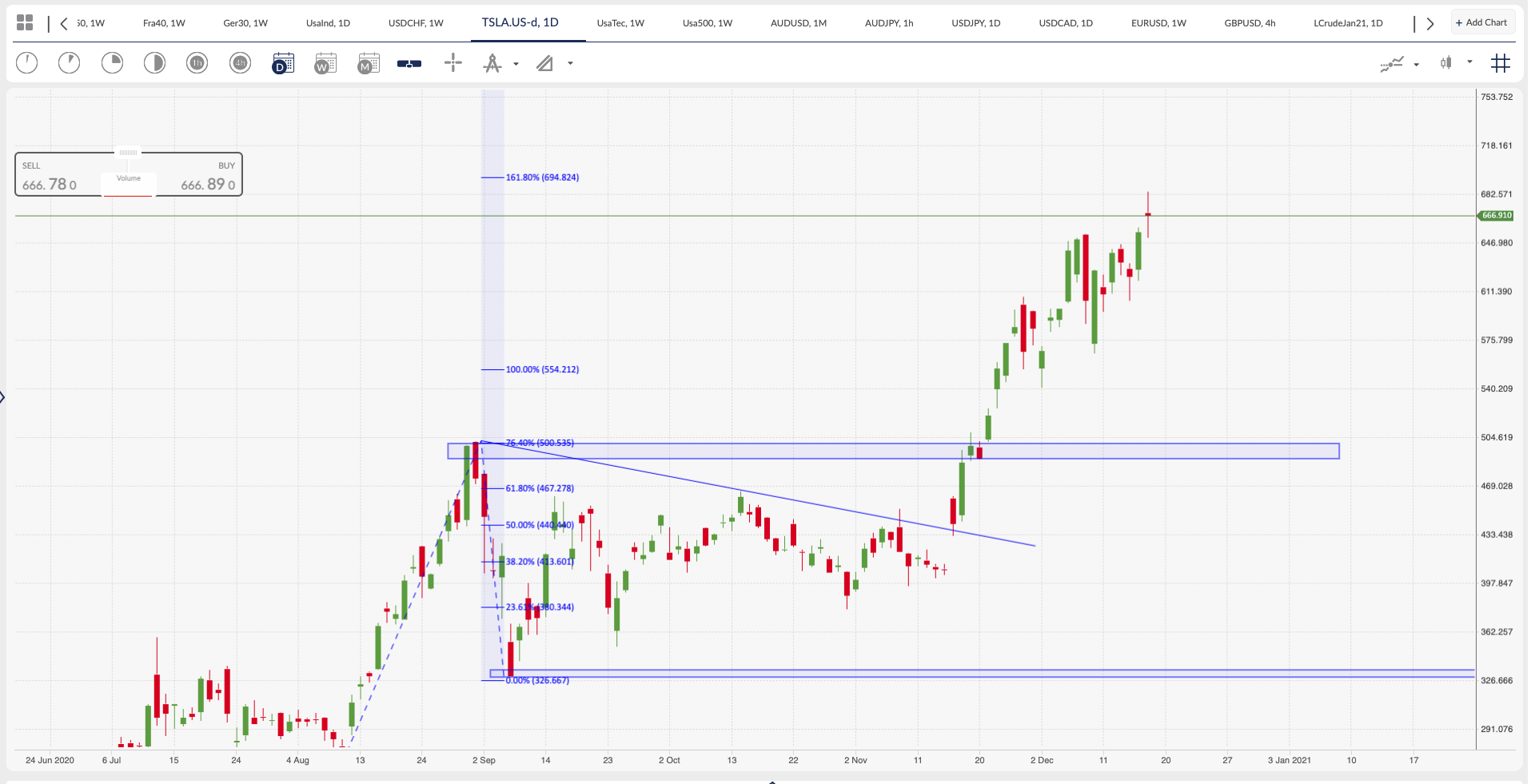

Bank of England’s (BOE) Vlieghe says ‘negative rates could help the UK complete the recovery’.
The Official Bank Rate (OBR) was held yesterday at 0.10% and with inflation running at 0.6% as of November 2020, real interest rates are currently running at -0.5%, so any further decrease in the BOE’s OBR would have to be greater than 10bps to have any meaningful effect on the economy according to Vlieghe. There was no talk of negative interest rates yesterday in the Monetary Policy Committee (MPC) statement and previously MPC members Tenreyro and Saunders were the only voters who feel negative rates would help in current market conditions.
Negative interest rates have been used in the past by the European Central Bank who currently has a zero-rate policy, with the Swiss National Bank and Bank of Japan currently running rates at -0.10% and -0.75% respectively. At the other end of the scale, the Central Bank of the Republic of Turkey has an interest rate of 15.00% and an inflation rate of 14%.
Every BOE statement has the line “The Bank of England’s Monetary Policy Committee (MPC) sets monetary policy to meet the 2% inflation target, and in a way that helps to sustain growth and employment.”.
I am yet to be convinced that this type of monetary policy creates inflation when all we see are deflationary pressures in the economies with NIRP and ZIRP policies, the correlation between zero and negative interest rates makes no sense when seemingly anyone running a higher interest rate actually creates inflation.
The GBPUSD continued to fall from yesterday’s US open but is holding around the 1.3500 level.
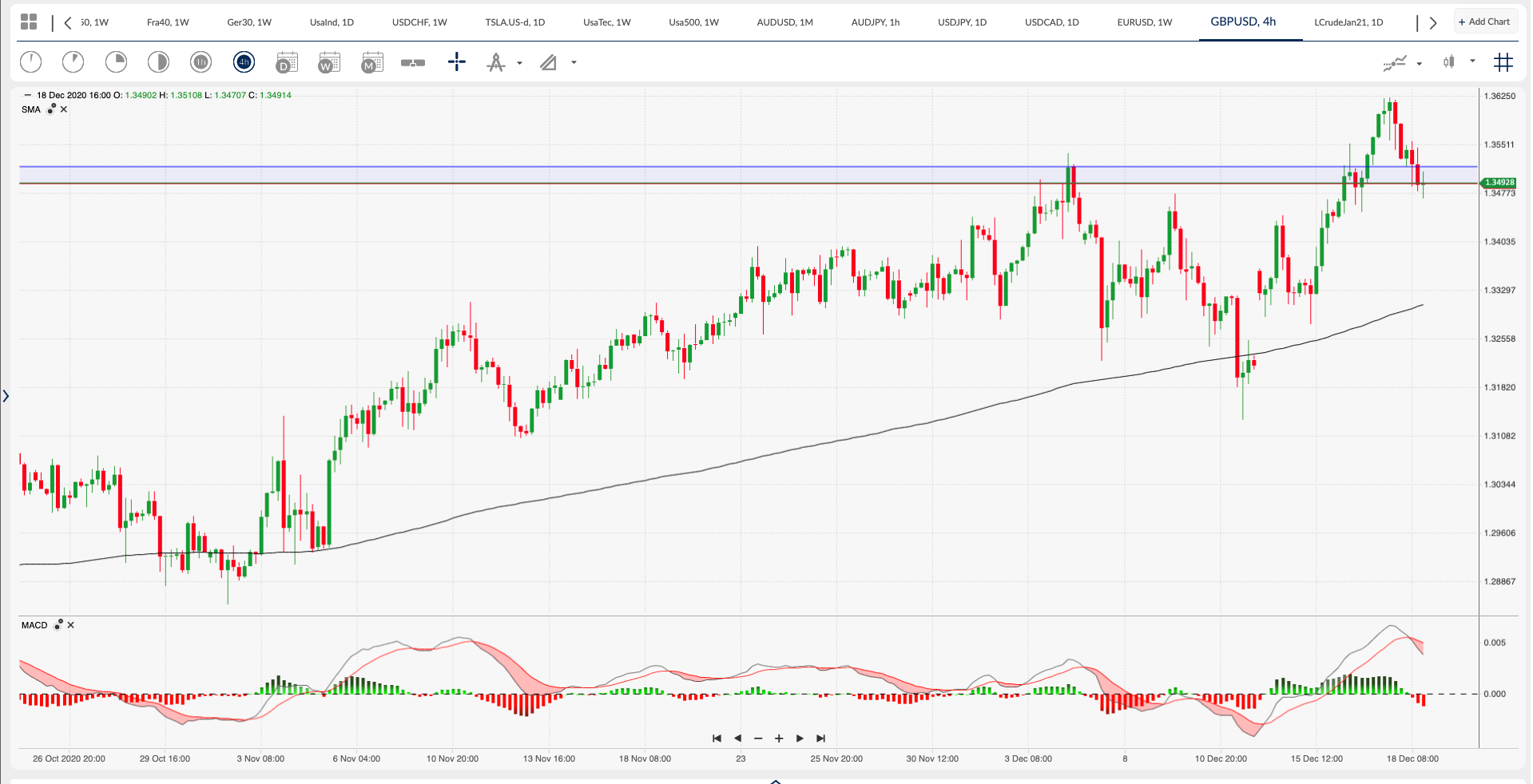

Next year we’ll all be talking about “China to target 8% growth for 2021 in post-pandemic bounce”
